Bulbs
Flower Basics
Flower Beds & Specialty Gardens
Flower Garden
Garden Furniture
Garden Gnomes
Garden Seeds
Garden Sheds
Garden Statues
Garden Tools & Supplies
Gardening Basics
Green & Organic
Groundcovers & Vines
Growing Annuals
Growing Basil
Growing Beans
Growing Berries
Growing Blueberries
Growing Cactus
Growing Corn
Growing Cotton
Growing Edibles
Growing Flowers
Growing Garlic
Growing Grapes
Growing Grass
Growing Herbs
Growing Jasmine
Growing Mint
Growing Mushrooms
Orchids
Growing Peanuts
Growing Perennials
Growing Plants
Growing Rosemary
Growing Roses
Growing Strawberries
Growing Sunflowers
Growing Thyme
Growing Tomatoes
Growing Tulips
Growing Vegetables
Herb Basics
Herb Garden
Indoor Growing
Landscaping Basics
Landscaping Patios
Landscaping Plants
Landscaping Shrubs
Landscaping Trees
Landscaping Walks & Pathways
Lawn Basics
Lawn Maintenance
Lawn Mowers
Lawn Ornaments
Lawn Planting
Lawn Tools
Outdoor Growing
Overall Landscape Planning
Pests, Weeds & Problems
Plant Basics
Rock Garden
Rose Garden
Shrubs
Soil
Specialty Gardens
Trees
Vegetable Garden
Yard Maintenance
Using Succulents as Ground Covers
Succulents are the groundcover of the future, providing low, textured greenery that requires little maintenance or irrigation along with splashy annual flowers.
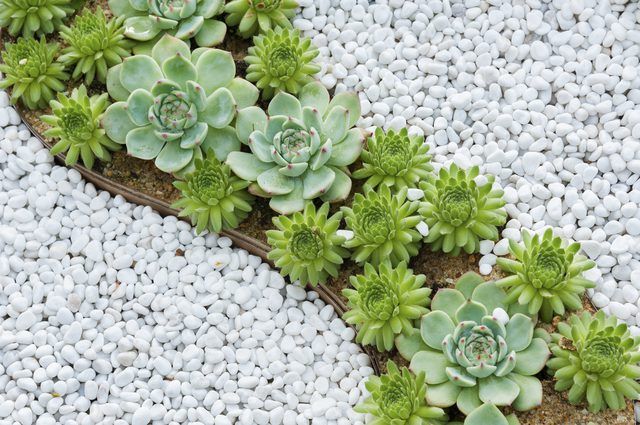
Make use of succulents to replace a thirsty carpet of grass or to cover dry areas of the yard that are hard to water. Use low-growing succulent varieties as ground covers to fill in garden areas between hardscaping or focus plants, "covering the ground" between the larger elements of the garden. Some succulents will reward you with a carpet of color when they bloom. Hundreds of species of water-wise succulents are out there, but some stand out as excellent choices.
Hens and Chicks
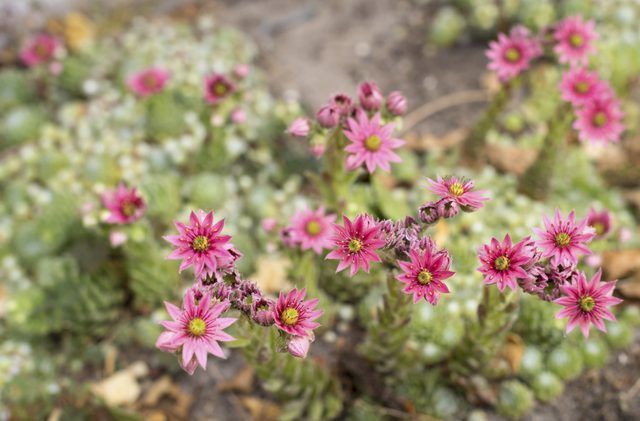
Plant low-growing hens and chicks (Sempervivium spp.) for an easy-care and distinctive ground cover. These drought-tolerant succulents only get to about 3 inches tall, and grow in U.S. Department of Agriculture plant hardiness zones 4 through 8. Plant them in light, well-draining soil, even if it's sandy or rocky, for best results and enjoy a virtually maintenance-free ground cover with texture year-round and glorious blooms midsummer.
Trailing Ice Plant
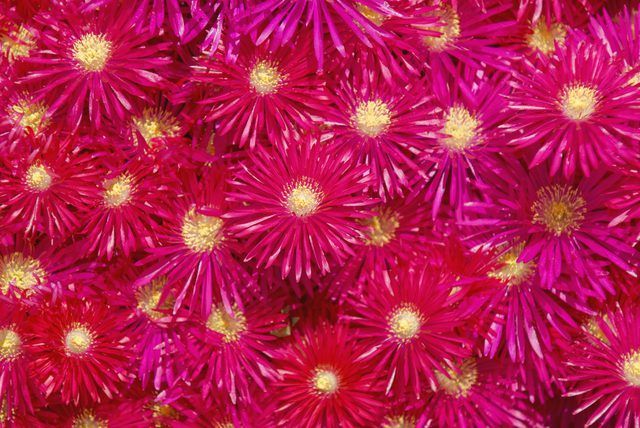
Trailing iceplant _(Lampranthus spectabili_s) grows taller than most of the other succulents recommended as ground covers, but the 12-inch green stems curve and drape, creating a shorter overall effect. Trailing iceplant produces brilliant flowers 2 inches wide in the end of summer. The succulent thrives in full sun or partial sun in USDA zones 9 through 10. It grows in most soil types as long as they are well-draining.
Yellow Iceplant
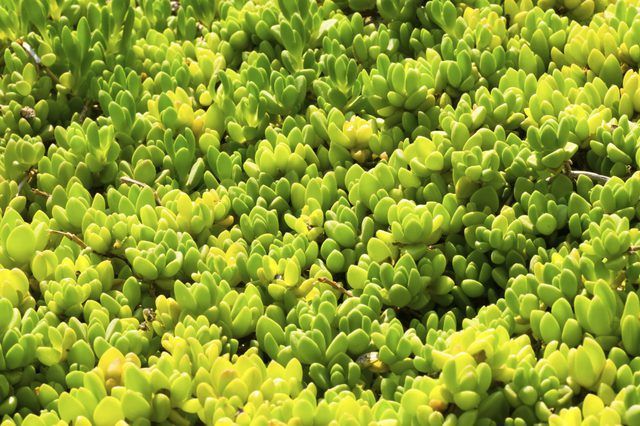
Yellow iceplant (Delosperma nubigenum) from South Africa is ready to rock and roll in chilly or moderate climates, growing in USDA zones 3 through 9. Forming a mat of green only 4 inches high, it makes an attractive and unusual ground cover that takes a turn toward the magical when the starry yellow flowers appear in late spring. Yellow iceplant grows best in full sun in well-draining, sandy soil and can withstand light foot traffic.
Creeping Sedum
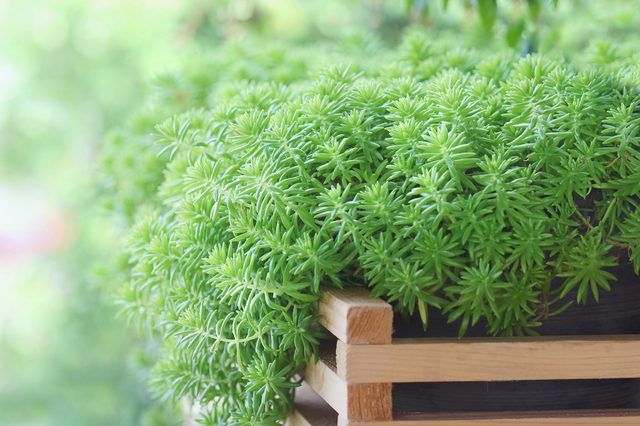
Creeping sedums (Sedum spp.) are plentiful and varied. This succulent family is a viable grass replacement in sunny yards in USDA zones 3 through 9. Sedums generally stay at 2 to 6 inches tall, about the same height as grass and many have a base shade of green. They grow best on poor soil with little water -- conditions that help these succulents crowd out water-loving weeds. Try star sedum (Sedum sarmentosum) for a primary ground cover in USDA zones 4 through 8. It is so tough that if a piece gets broken off, it roots where it lands. Watch for starry flowers in spring.